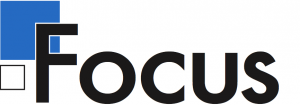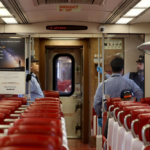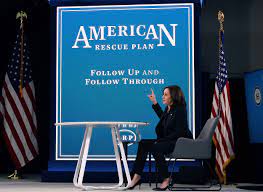The overview of the American Rescue Plan constitutes that 1.9 trillion dollars has been invested into this reform. Additionally, this investment’s goal is to relieve the economic burden of those affected by COVID-19 financially. This will provide emergency relief and purchase critical supplies as well as deploy the national guard. Fourteen hundred dollar checks per person are given out in this American Rescue Plan. However, this reform has a much greater impact on Blind Brook High School students, and the Rye Brook Community as a whole that we are aware of. It has a direct effect on school openings. To illustrate, “The president’s plan invests $50 billion in a massive expansion of testing.” This exemplifies how students at Blind Brook High School will most likely be eligible to return as a whole, with masks of course, as the testing becomes more rapid and frequent. To illustrate once more, “Investments to expand lab capacity, and support to help schools and local governments implement regular testing protocols… Expanded testing will ensure that schools can implement regular testing to support safe reopening.”
In addition to this, The American Rescue Plan has provided $130 billion to help schools safely reopen. These funds can be used to reduce class sizes and modify spaces so students and teachers can socially distance; improve ventilation; hire more janitors and implement mitigation measures; provide personal protective equipment; ensure every school has access to a nurse; increase transportation capacity to facilitate social distancing on the bus; hire counselors to support students as they transition back to the classroom; close the digital divide that is exacerbating inequities during the pandemic; provide summer school or other support for students that will help make up lost learning time this year; create and expand community schools; and cover other costs needed to support safely reopening and support students.” This shows how the American Rescue Plan benefits not only just average American citizens, but specifically Rye Brookians as well.
Current vaccination efforts are not sufficient to quickly and equitably vaccinate the vast majority of the U.S. population. We must ensure that those on the ground have what they need to get vaccinations into people’s arms. The president’s proposal will invest $20 billion in a national vaccination program in partnership with states, localities, Tribes and territories. This will include launching community vaccination centers around the country and deploying mobile vaccination units to hard-to-reach areas. The Biden Administration will take action to ensure all people in the United States–regardless of their immigration status–can access the vaccine free-of-charge and without cost-sharing. To help states ensure that all Medicaid enrollees will be vaccinated, President Biden will also work with Congress to expand the Federal Medicaid Assistance Percentage (FMAP) to 100% for the administration of vaccines.” By adding more vaccinations, this will also allow more children to attend schools safely. For example, schools need flexible resources to safely reopen and operate and/or facilitate remote learning. The president’s plan will provide $130 billion to support schools in safely reopening. These funds can be used to reduce class sizes and modify spaces so students and teachers can socially distance; improve ventilation; hire more janitors and implement mitigation measures; provide personal protective equipment; ensure every school has access to a nurse; increase transportation capacity to facilitate social distancing on the bus; hire counselors to support students as they transition back to the classroom; close the digital divide that is exacerbating inequities during the pandemic; provide summer school or other support for students that will help make up lost learning time this year; create and expand community schools; and cover other costs needed to support safely reopening and support students. These funds will also include provisions to ensure states adequately fund education and protect students in low-income communities that have been hardest hit by COVID-19. Districts must ensure that funds are used to not only reopen schools, but also to meet students’ academic, mental health and social, and emotional needs in response to COVID-19, (e.g. through extended learning time, tutoring, and counselors), wherever they are learning. Funding can be used to prevent cuts to state pre-k programs. A portion of funding will be reserved for a COVID-19 Educational Equity Challenge Grant, which will support state, local and tribal governments in partnering with teachers, parents, and other stakeholders to advance equity- and evidence-based policies to respond to COVID-related educational challenges and give all students the support they need to succeed. In addition to this funding, schools will be able to access FEMA Disaster Relief Fund resources to get reimbursed for certain COVID-19 related expenses and will receive support to implement regular testing protocols.”







